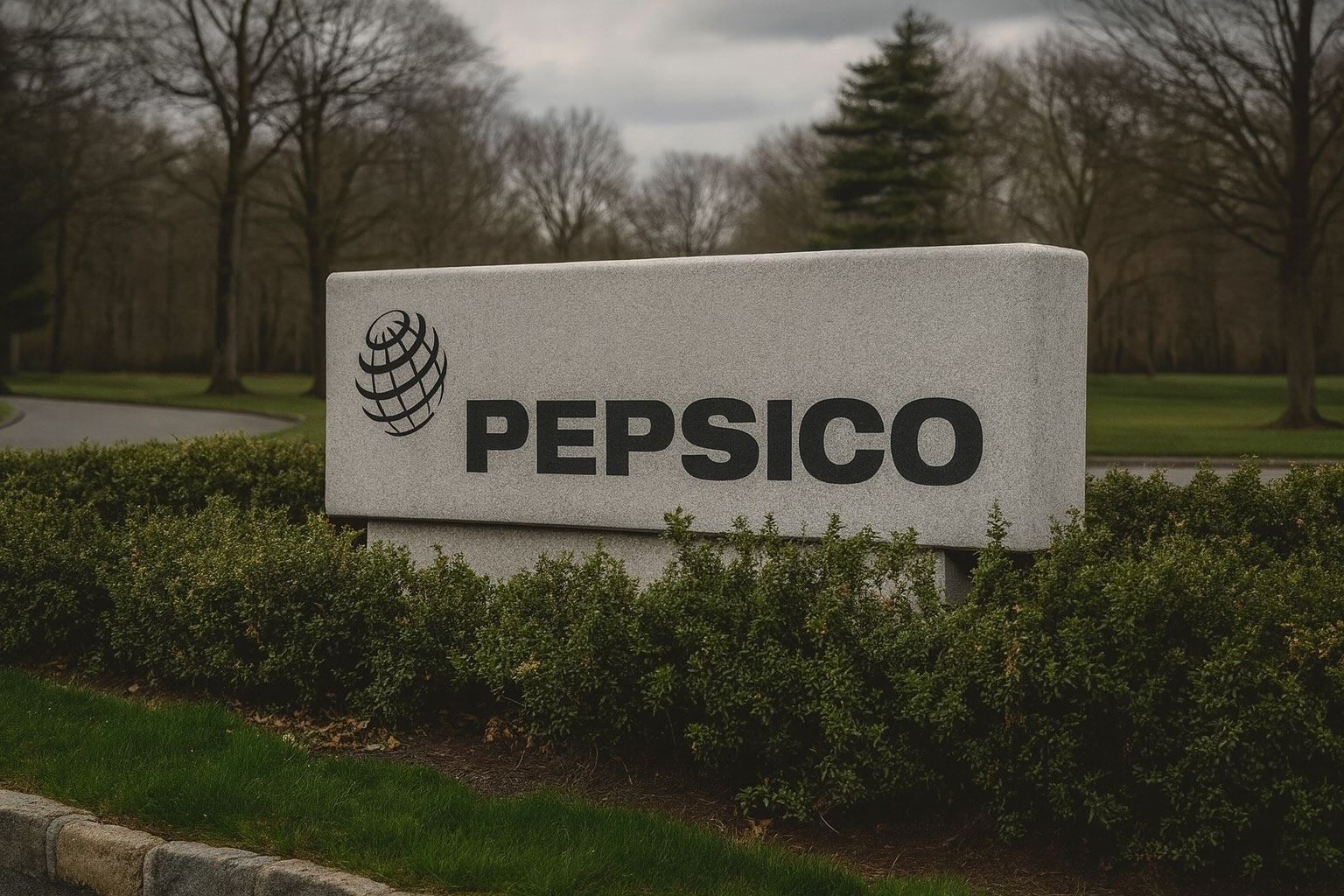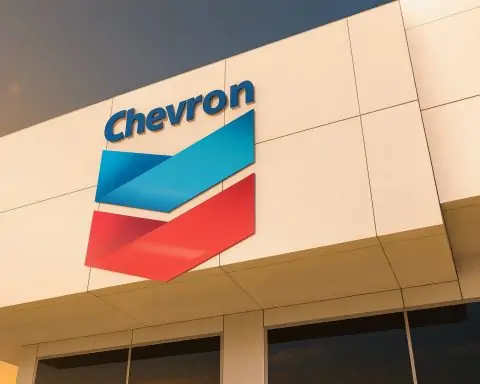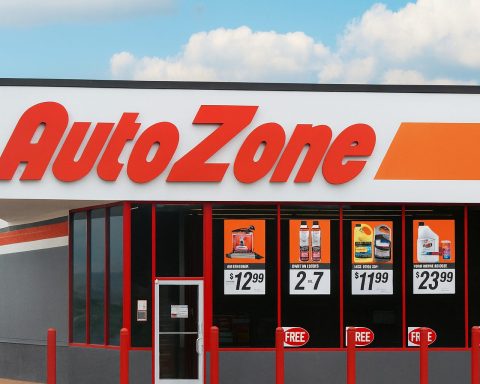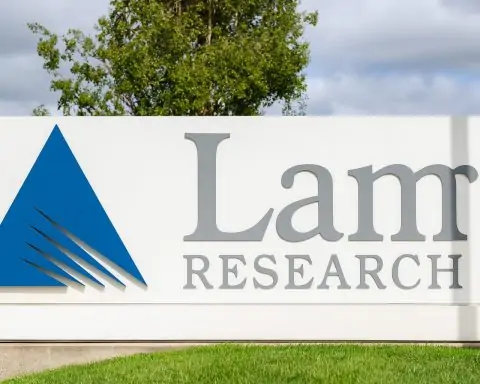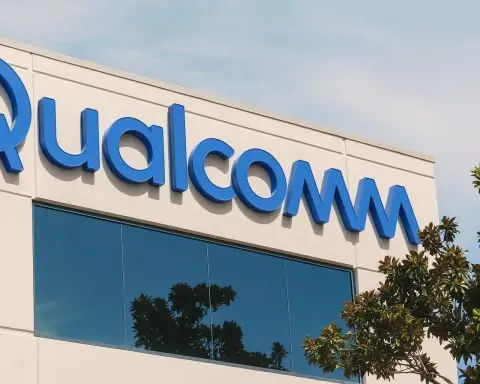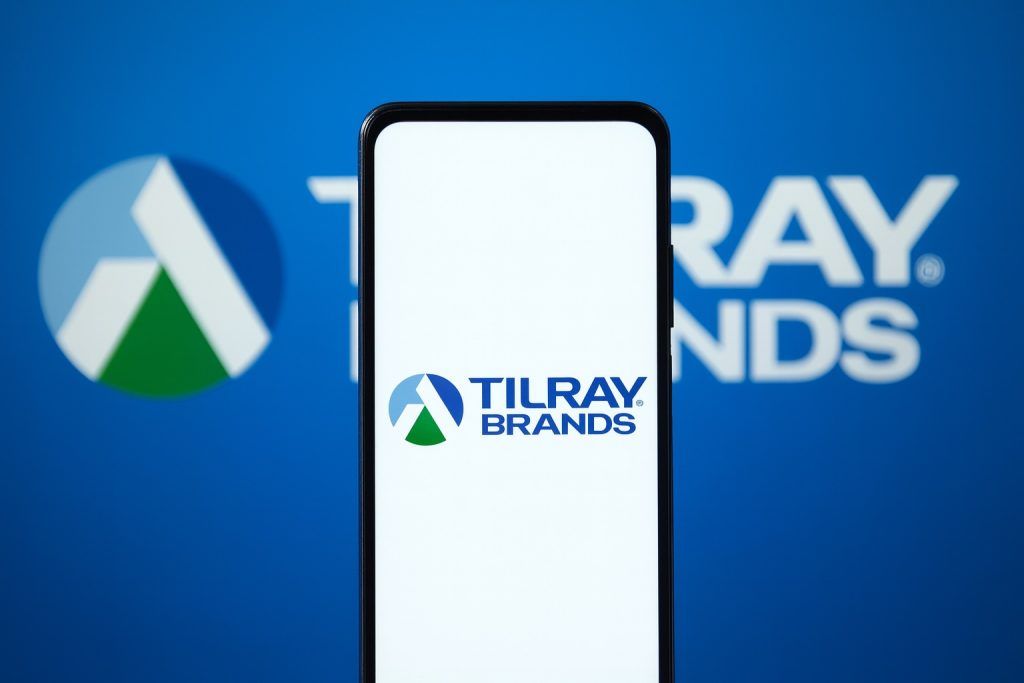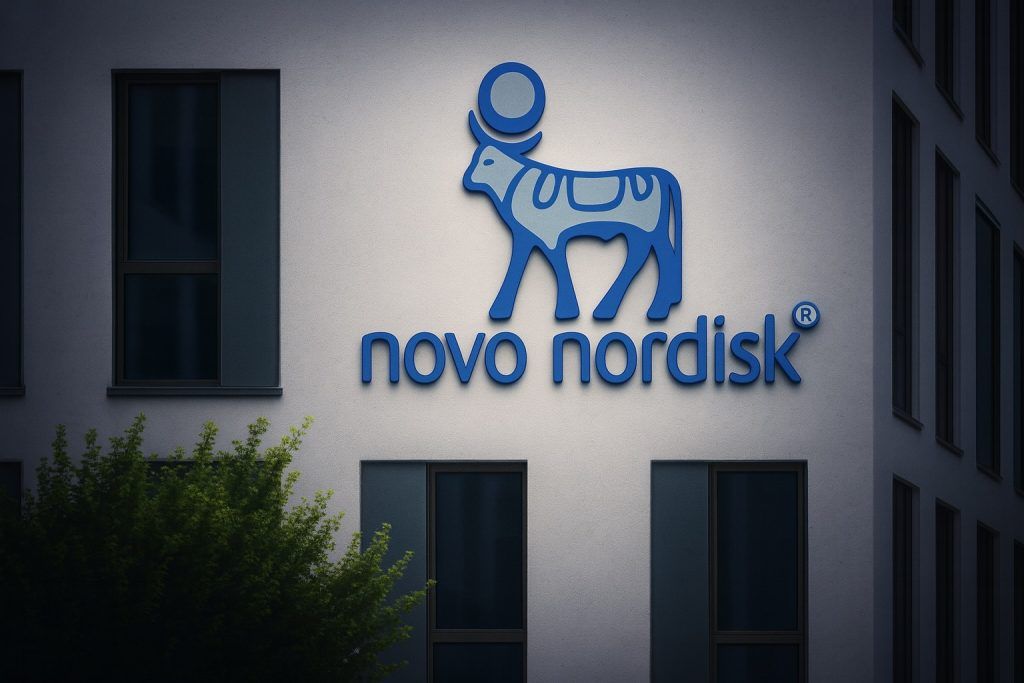- Current Price & Trend: PEP trades around $139 per share (Oct 8, 2025), down ~6% over the last month amid market rotation and weight-loss drug concerns [1] [2]. The stock sits ~22% below its 52-week high of $177.48 [3], underperforming the S&P 500’s ~14% YTD gain (PEP is ~–6% YTD) [4].
- Q3 Earnings Beat: PepsiCo’s Q3 2025 results beat forecasts, with revenue up +2.6% YoY to $23.94 B (vs $23.84 B expected) and EPS $2.29 (vs $2.26 est.) [5]. However, North American snack volumes fell –2% and beverage volumes –3% [6], reflecting softer demand. Net income declined 11% YoY on higher costs [7].
- Financial Health & Valuation: TTM revenues are ~$92 B [8] with a forward P/E ~17.5 (near industry average) [9] and a rich PEG ~3.5 (slow growth) [10]. PepsiCo yields ~4.0% annually after 53 consecutive years of dividend hikes [11], making it a Dividend Aristocrat. The forward 2025 EPS is roughly flat YoY as the company maintains guidance for low single-digit organic revenue growth [12].
- Analyst & Activist Views: Analysts are cautious – consensus Hold with average 12-mo target ~$158 (~14% upside) [13]. RBC Capital warns PepsiCo’s “biggest challenge is its Frito-Lay snacks division” citing high prices and limited healthy offerings, which may “dilute EPS” as fixes take time [14] [15]. Meanwhile, activist Elliott Management revealed a $4 B stake, urging portfolio shake-ups to boost value [16] – including reinvesting in core brands (e.g. Mountain Dew, protein snacks) and possibly spinning off Pepsi’s North American bottling operations (as Coca-Cola did in 2017) [17].
- Recent News Highlights: On Oct 9, 2025, PepsiCo named Walmart veteran Steve Schmitt as new CFO, succeeding 30-year company vet Hugh Johnston (retiring) [18]. The company is expanding value offerings (e.g. cheaper snack brands like Chester’s, Santitas) to combat the perception that its products are “too expensive” [19]. Management also acknowledged an “Ozempic effect” on consumer habits – PepsiCo’s CFO is monitoring whether popular weight-loss drugs are curbing snack and soda demand [20].
- Strategic Direction: PepsiCo’s CEO emphasizes “accelerating growth and aggressively optimizing costs” going forward [21]. The company is reshaping its portfolio – launching innovations like Pepsi Prebiotic Cola(a low-sugar soda with added fiber) after its $1.95 B acquisition of Poppi, a prebiotic drink maker [22]. It’s pushing into fast-growing categories (energy drinks via its Celsius partnership, functional beverages, protein snacks) to offset slowing core soda/chip demand. PepsiCo also continues bolt-on acquisitions (e.g. healthy snack brand Siete Foods, hummus maker Sabra) to diversify its “better for you” offerings [23] [24].
- Competitive Landscape: In beverages, Coca-Cola (KO) remains Pepsi’s chief rival globally, especially in sodas. PepsiCo’s beverage arm (Pepsi, Mountain Dew, Gatorade, etc.) saw improved momentum with +2% North America revenue in Q3 despite –3% volume [25]. In snacks, PepsiCo’s Frito-Lay unit is a U.S. powerhouse (Lay’s, Doritos, Cheetos), but faces rising competition from Mondelez (healthy snacks, protein bars) and Campbell’s(which owns Snyder’s-Lance pretzels, etc.) [26]. Analysts note Frito-Lay’s volumes were flat over two years as consumers balk at price hikes [27] [28] – “affordability…[is] an issue, especially for low-income consumers”, with family-size chip sales dropping while single-serve packs grow [29] [30]. To defend share, PepsiCo may need to “rip the band-aid off” and trim snack prices, even if it hits earnings in the short term [31].
- Global Market Position: PepsiCo is one of the world’s largest food & beverage companies, with products consumed over 1 billion times a day in 200+ countries [32]. Its broad portfolio spans seven divisionsacross beverages (PBNA, Europe, AMESA, Latin America, APAC) and foods (Frito-Lay, Quaker). This scale and mix of complementary snacks and drinks (many iconic billion-dollar brands like Pepsi-Cola, Lay’s, Gatorade, Quaker Oats) [33] [34] give PepsiCo a diversified revenue base. However, the conglomerate structure is in the spotlight – Elliott argues a leaner PepsiCo focused on core brands could unlock significant upside (they claim +50% to the share price) [35] [36]. PepsiCo’s leadership thus faces pressure to prove that its integrated model (snacks + beverages) can still deliver strong growth and margin gains.
- ESG Initiatives: PepsiCo has made sustainability central to its strategy via its pep+ (“PepsiCo Positive”)program [37]. The company set bold goals: achieve net-zero emissions by 2040 and 100% renewable energy globally, become “water positive” by 2030 (replenishing more water than it uses) [38] [39], and support regenerative agriculture on 10 million acres by 2030 [40]. In 2024 PepsiCo announced its first net-zero emission facility – a drinks plant in Spain slated to reach net-zero by 2025 after a €27M investment in electrification [41] [42]. The company is also overhauling packaging (e.g. 100% recycled PET bottles for Pepsi in some markets) and reducing added sugars and artificial ingredients in products [43] [44]. These ESG efforts aim to future-proof PepsiCo’s supply chain and brand image, aligning the company with rising consumer and investor focus on environmental and social responsibility.
- Investment Outlook – Short Term vs Long Term: In the near term, PepsiCo’s stock faces headwinds. Stubborn inflation and higher bond yields have made defensive dividend stocks like PEP less appealing lately, and PepsiCo’s premium valuation relative to growth (PEG >3) reflects limited near-term earnings expansion [45]. Volume softness in core markets – possibly exacerbated by the “Ozempic effect” of appetite-suppressing drugs – could continue to weigh on sales [46] [47]. There’s also uncertainty around potential restructuring moves (spinoffs or cost cuts) as management responds to activist pressure. Accordingly, many analysts are in “wait-and-see” mode – evidenced by the predominance of Hold ratings and even a few Sells [48] [49]. However, long-term prospects remain favorable. PepsiCo’s unparalleled brand portfolio, global distribution reach, and product diversity give it resilient pricing power and cash flows. The company is adapting by innovating in growth categories (like functional drinks and healthier snacks) and by refining its pricing/pack strategies to recapture volume [50] [51]. Emerging markets are driving robust growth (Q3 revenue jumped +9% in Europe/Middle East/Africa) [52], and eventually U.S. consumer demand may normalize. Meanwhile, investors are paid to wait via the reliable ~4% dividend yield [53] – with PepsiCo’s 53-year streak of annual dividend raises showing its commitment to returning capital [54]. In the words of CEO Ramon Laguarta, PepsiCo is focused on “a strong pipeline of innovation [and] sharpening our price/value mix, while right-sizing our cost base” to reignite growth [55]. If these initiatives bear fruit and snack volumes recover (perhaps aided by strategic price cuts and new product launches), PepsiCo could resume its steady upward trajectory. Bottom line: PepsiCo offers defensive stability and income for long-haul investors, even as it navigates short-term challenges in a changing consumer landscape.
Key Data & Metrics (as of October 9, 2025)
| Metric | Value |
|---|---|
| Stock Price (Oct 8, 2025) | $138.84 (close) [56] Down ~6% in past month; ~–6% YTD [57] [58] |
| 52-Week Range | Low $127.60 – High $177.48 [59] |
| Market Capitalization | ~$193 Billion [60] |
| Forward P/E (2025E) | ~17.5× (near industry avg ~17.5×) [61] |
| Trailing P/E (TTM) | ~21.8× [62] |
| PEG Ratio (Forward) | ~3.5 (industry ~2.3) [63] |
| Annual Dividend | $5.69 per share (yield ~4.0%) [64] |
| Dividend Growth | 53 years consecutive increases (5% hike in 2025) [65] |
| Q3 2025 Revenue | $23.94 B (+2.6% YoY) [66] |
| Q3 2025 Adjusted EPS | $2.29 (beat est. $2.26; –1.7% YoY) [67] [68] |
| 2025 Full-Year Forecast | Low-single-digit organic rev growth; Core EPS ~flat YoY [69] |
| Analyst Consensus | Hold (21 analysts: 4 Buy, 15 Hold, 2 Sell) [70] |
| Avg. 12-mo Price Target | ~$158 (~14% upside from current) [71] (Range: $140 – $178) |
Sources: Financial data from company filings and earnings releases; analyst ratings from MarketBeat [72]; historical stock prices from Markets Insider [73]. All factual statements are supported by cited references.
References
1. finviz.com, 2. ts2.tech, 3. markets.businessinsider.com, 4. www.indexbox.io, 5. www.investing.com, 6. www.marketbeat.com, 7. www.marketbeat.com, 8. www.pepsico.com, 9. finviz.com, 10. finviz.com, 11. www.pepsico.com, 12. www.investing.com, 13. www.marketbeat.com, 14. www.indexbox.io, 15. www.indexbox.io, 16. www.marketbeat.com, 17. www.marketbeat.com, 18. www.marketbeat.com, 19. www.marketbeat.com, 20. ts2.tech, 21. www.investing.com, 22. www.foodbev.com, 23. www.pepsico.com, 24. www.pepsico.com, 25. www.investing.com, 26. www.indexbox.io, 27. www.indexbox.io, 28. www.indexbox.io, 29. www.indexbox.io, 30. www.indexbox.io, 31. www.indexbox.io, 32. www.pepsico.com, 33. www.pepsico.com, 34. www.pepsico.com, 35. www.indexbox.io, 36. www.indexbox.io, 37. www.pepsico.com, 38. www.esgtoday.com, 39. www.esgtoday.com, 40. www.marketscreener.com, 41. www.esgtoday.com, 42. www.esgtoday.com, 43. www.marketbeat.com, 44. www.marketbeat.com, 45. finviz.com, 46. ts2.tech, 47. www.marketbeat.com, 48. www.marketbeat.com, 49. www.marketbeat.com, 50. www.investing.com, 51. www.indexbox.io, 52. www.investing.com, 53. www.pepsico.com, 54. www.pepsico.com, 55. www.investing.com, 56. www.marketbeat.com, 57. finviz.com, 58. www.indexbox.io, 59. markets.businessinsider.com, 60. markets.businessinsider.com, 61. finviz.com, 62. markets.businessinsider.com, 63. finviz.com, 64. www.macrotrends.net, 65. www.pepsico.com, 66. www.investing.com, 67. www.investing.com, 68. finviz.com, 69. www.investing.com, 70. www.marketbeat.com, 71. www.marketbeat.com, 72. www.marketbeat.com, 73. markets.businessinsider.com
